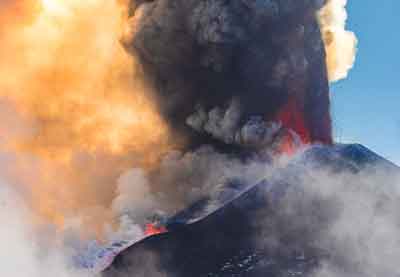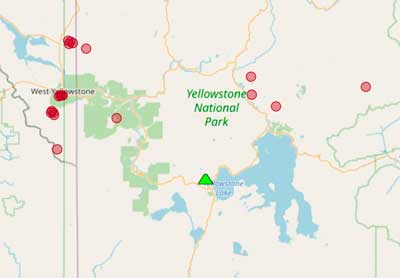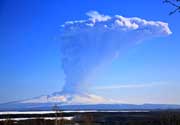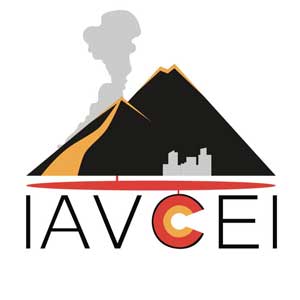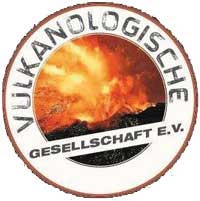Serdán-Oriental Volcano
Updated: Apr 29, 2024 07:24 GMT -
tuff cones 3485 m / 11,434 ft
Central Mexico, 19.27°N / -97.47°W
Current status: normal or dormant (1 out of 5)
Central Mexico, 19.27°N / -97.47°W
Current status: normal or dormant (1 out of 5)
Serdán-Oriental volcano is a young volcanic field forming a closed basin at the eastern end of the Mexican Altiplano. It contains tuff rings and lake-filled maars (such as Laguna Atexcac and Laguna Alchichica), cinder cones, lava domes and lava flows.
The date last volcanic activity is unknown, but occurred less than 10,000 years ago. A major explosive eruption from a now probably buried vent produced the Quetzalapa plinian pumice-fall deposit 20,000 years ago.
[smaller] [larger]
Serdán-Oriental volcano eruptions: unknown, less than 10,000 years ago
Latest nearby earthquakes
| Time | Mag. / Depth | Distance / Location | |||
| Apr 23, 01:19 pm (Mexico City) | 3.6 33 km | 4.3 km (2.7 mi) to the E | Info | ||
Background
The Serdán-Oriental basin was filled by extensive large lakes during the Pleistocene. It is bounded by the Cofre de Perote-Orizaba range on the east and Los Humeros caldera to the north.The most prominent features of the Serdán-Oriental volcanic field are the twin Las Derrumbadas lava domes, surrounded by an apron of debris-avalanche deposits, and the sharp-peaked Cerro Pizarro lava dome at the northern end of the basin.
(Smithsonian / GVP volcano information)







